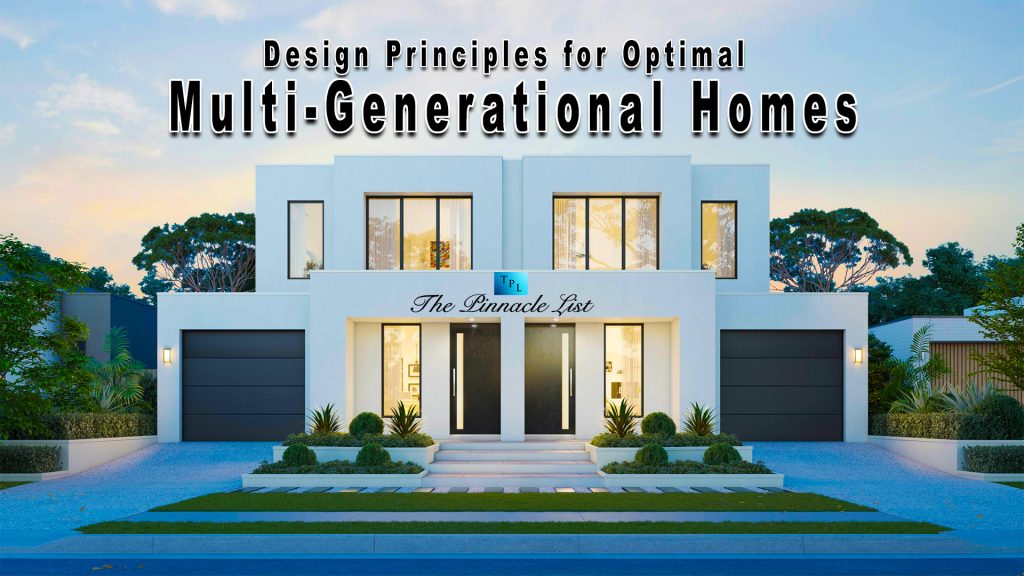
More families are choosing to live together across generations. Many households have multiple generations under one roof. This type of living has many benefits, like stronger family bonds and shared expenses.
However, it also comes with challenges. A well-designed home can make multi-generational living more comfortable by providing space for privacy, connection, and daily activities. Let’s dive deeper into this topic.
Creating a Home That Works for Everyone
A home for different generations needs a layout that fits everyone’s lifestyle. Open spaces help family members interact while keeping the home from feeling too crowded. The kitchen, dining, and living areas should connect smoothly so everyone has a place to gather.
At the same time, private spaces are just as important. A quiet corner for reading, a home office, or an extra bedroom can give family members a break from the busy parts of the house.
Some rooms can change over time. A playroom might later become a guest room. A flexible design helps the home adapt as the family’s needs change.
Balancing Privacy and Family Time
Living together brings families closer, but everyone still needs personal space. A good home design includes areas where people can spend time alone. Bedrooms should be placed in quiet parts of the house, and soundproofing can help reduce noise between rooms.
Thoughtful dual living home plans can provide separate spaces while still keeping family members connected under one roof. Bathrooms are another key part of privacy. Having enough bathrooms for the household can prevent stress, especially in the mornings.
If the home has an in-law suite, a separate entrance can give older family members more independence while keeping them connected to the home.
Making the Home Safe and Easy to Use
A home should be easy to navigate for all ages. Wide hallways and doorways allow for easy movement, especially for family members with mobility issues. Step-free entrances help both young children and older adults.
Simple upgrades, like non-slip flooring and easy-to-use door handles, can make a big difference in safety. Large windows bring in natural light, making spaces feel more open and inviting.
Designing for Comfort and Relaxation
A home should feel warm and welcoming. Comfortable seating in shared spaces makes family time more enjoyable. Soft, natural materials can make a space feel calm and relaxing.
Choosing the right colors can also affect mood. Warm tones add coziness, while cool tones create a peaceful atmosphere. Good air circulation and proper insulation help maintain a fresh and pleasant environment.
Building a Home for the Future
A multi-generational home is more than just a place to live. It is a space where families grow, share experiences, and support one another. A well-planned home makes daily life smoother by offering both privacy and connection.
By focusing on good design, families can create a home that meets their needs today and in the future. Whether building a new home or making changes to an existing one, thoughtful planning ensures that everyone feels comfortable and welcome.
Stay informed and visit our blog for more valuable information!
